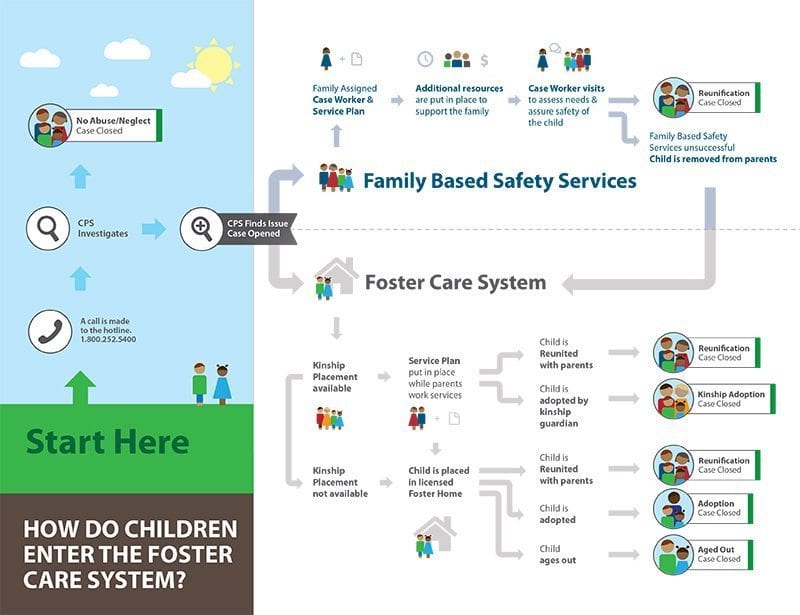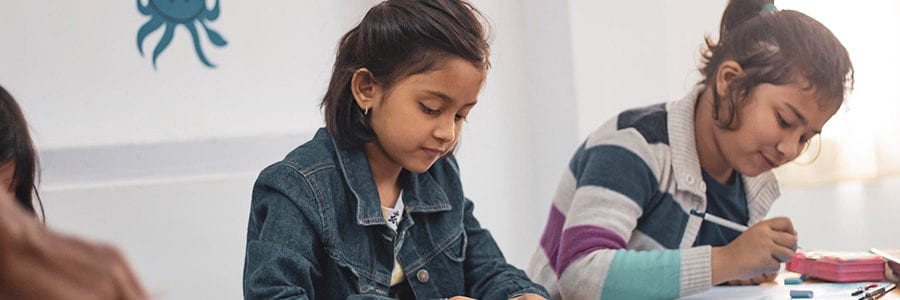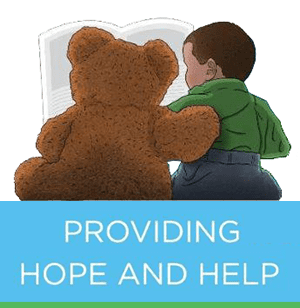1. Why are children in foster care?
Children are in foster care in response to both federal and state laws that protect children from abuse and neglect.
2. What is the difference between foster and adoptive parents?
Both foster and adoptive parents care for and provide for the immediate needs of the children in their home. Foster parents are working towards reunifying a child with their biological families where adoptive parents have made a lifelong commitment to parent the children as if they were biologically their own.
3. Can you be both a foster parent and an adoptive parent.
Yes, DFPS or your CPA can provide a dual license, meaning you can be both a foster parent and adoptive parent.
4. Why does CPS need foster homes?
When a relative is not available to care for a child that must be removed from their home, we must look to others to care for the child until it is safe to return them home or they become available for adoption. Without foster homes, these children would not have a place to be for the duration of their parent’s case.
5. Why does CPS need adoptive homes?
Although the primary goal of DFPS is to return children to their biological families, sometimes that is not possible. In that case, we look for permanent adoptive homes for the children.
6. Can you tell me about the children?
All of our children are in state custody due to abuse and neglect. They have many characteristics, here are a few:
- Range in age from 0-22
- All race and ethnic groups
- Single children and sibling groups
- Need to be parented in a way that responds to their trauma
7. What are the requirements to become a foster or adoptive parent?
- Must be 21, can be single, married, divorced or widowed
- Must be financially stable
- Submit to background checks for all household members over 14 years of age
- Complete an application, home visits (and meet in home requirements), pre-service training and home study
- Provide references (both relative and non-relative)
- Have high school diploma or GED
- Be US citizen, permanent resident, or Qualified Alien
8. What are the next steps?
- Attend an information meeting
- Select an agency
- Complete application packet and requirements listed by agency
- Attend training
- Home visits
- Home study/screening
- Complete additional requirements as determined by the children you will serve
9. How much does it cost to be a foster or adoptive parent?
The monthly reimbursement provided to foster families is a combination of federal, state, or county funds. It is for child care-related costs such as food, clothing, recreation, transportation, and housing cost. In extraordinary circumstances, special rates may be reimbursed to foster families who care for children with exceptional needs, as in the case of medical needs that require providing a child with specialized care, food, clothing, or equipment.
The Health and Human Services Commission (HHSC) developed rates for the 24-hour residential child-care reimbursements (foster care) program operated by DFPS. HHSC authorized DFPS to implement these recommended payment rates effective September 1, 2009.
10. What is pre-service training?
You will attend pre-service training with your agency. Some call this PRIDE. It is about 35 hours of training and will cover:
- Child Attachment
- Grief and Loss
- Discipline and Behavior Intervention
- Trauma Informed Care
- Sexual Safety
- Working as part of the child welfare system
- And more
11. What is a foster home screening?
A foster home screening (also known as a home study) is a written assessment of your family. It will be used for CPS to learn more about your family and make the best child/family match. The interview will include all family members and will cover many topics including:
- Personal and family background
- Health of each family member
- Education and Employment
- Relationship and family history
- Interest and motivation
- Ability to parent children with trauma histories
- Sensitivity toward birth families
- Support systems
12. What types of children will be placed in my home?
Your child placing agency will discuss your preferences during the approval process. This will be a joint decision based on the strengths, resources and desires of your family. Factors for the decision will include: lifestyle, home space, support system, parenting style and experience, and your desire.
13. What is the maximum age to become a foster parent?
There is no maximum age.
14. What if I already have children?
Many foster and adoptive families have biological children.
15. What will it cost to adopt?
CPS does not charge an adoption fee. You may incur minimal expenses related to getting your home ready. Families are responsible for legal fees related to the adoption consummation, however if the child is eligible for subsidy, these may be covered.
16. What is Subsidy (Adoption Assistance)?
Subsidy is a program designed to support families adopting children that meet the federal definition of special needs. It is not intended to replace the adoptive families legal responsibility to meet the needs of the child. Eligible children are:
- 6 years old or older
- 2 years old and a member of a racial or ethnic minority
- A member of a sibling group being adopted together
- Have been professionally diagnosed with a disability or handicapping condition
17. What are the subsidy benefits?
Subsidy benefits vary depending on the need of the child, but may include:
- Medicaid until the child turns 18
- Financial assistance through a small monthly monetary payment
- College tuition and fees to a state public institution
- Nonrecurring expenses related to the legal adoption of the child:
- Court costs
- Attorney Fees
- Other fees related to the legal consummation of the child
18. How do I apply for subsidy?
The child’s caseworker will discuss subsidy with you prior to adoptive placement.
19. Do I have to foster before I adopt?
No, you may adopt without fostering.
20. Can I adopt a child from another state?
Yes, The Adoption and Safe Families Act (1997) removed geographic barriers to adoption.



